|
|
|
Ductwork Installation Tips and Tricks 5
|
|
Instant Access:
After you have purchased a paid page; PayPal is going to bring you back to my website. In order to see the paid page you have to click on the “Register” button, fill out the form, choose your own Username and Password and click on the “Register” button at the bottom of the form – congratulation, you are now on the page you have paid for!
Important: After you have purchased any Paid page or Download page and PayPal brought you back to my website, the first thing that you should do is to save that page to your Favorites. Then if something goes wrong you always can come back to re-register yourself on my website again.
Describe in details how this or that tip or trick was implemented and get any paid page for free!
Submit an additional tip or trick of your own and get any five paid pages free of charge!
You can purchase any tip or trick below and if you purchase the e-book as whole I’ll refund your money back to your PayPal account.
|
|
34. How to Save Time on Dampers Installation Tip
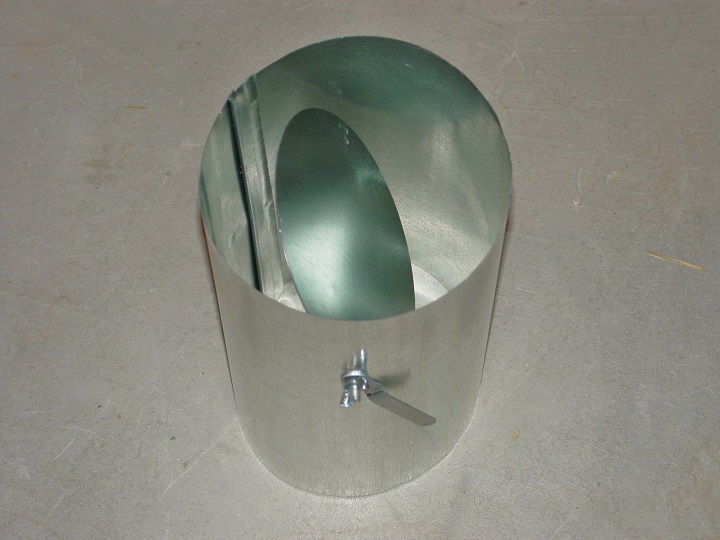 Everyone who is involved in this business knows how to install a damper. But what would you do if in the basement dozens of damper should be installed, what would you do to speed up the process? Everyone who is involved in this business knows how to install a damper. But what would you do if in the basement dozens of damper should be installed, what would you do to speed up the process?
Well there is a pretty simple method, but please don't try to re-invent a wheel! Just click the Buy Now button below and for the price of only $1.00 you'll know what should be done!
There are 3 pictures on the page.
|
|
35. How to Make a Collar Tip
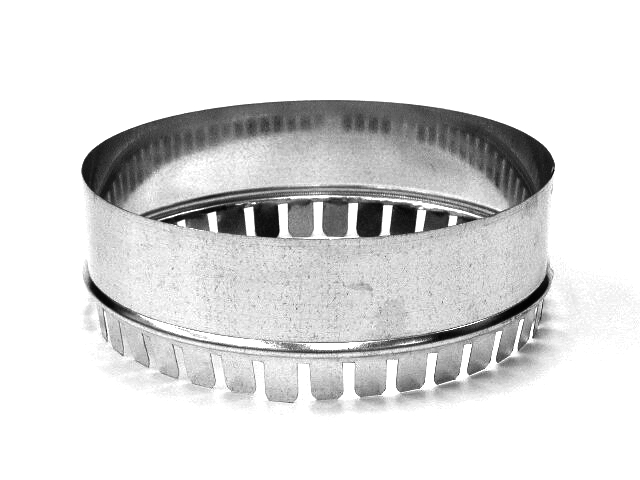 A collar that you can see in the picture is a B-Collar. A collar that you can see in the picture is a B-Collar.
There is a very simple technique on how to make a collar like this one and an A-Collar if you don't have one on the job-site. Well, it's not a typo: if you'll purchase this tip for only $1.00 you'll learn how to make A & B-Collars that look like a collar in the picture on the left.
There are 8 pictures on the page.
|
|
36. How to Cut Duct About 20% Faster
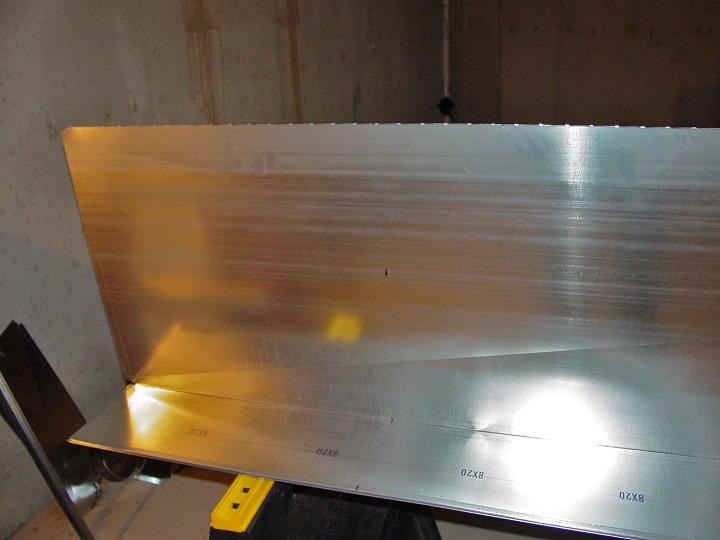 Before you cut out a piece of duct you should measure, mark, and then cut. Don't you ever think how to do it a bit faster? I did, and now for the price of only $1.00 I can share it with you. Before you cut out a piece of duct you should measure, mark, and then cut. Don't you ever think how to do it a bit faster? I did, and now for the price of only $1.00 I can share it with you.
There are 3 pictures on the page.
|
|
37. How to Cut Pipe Straight Tip
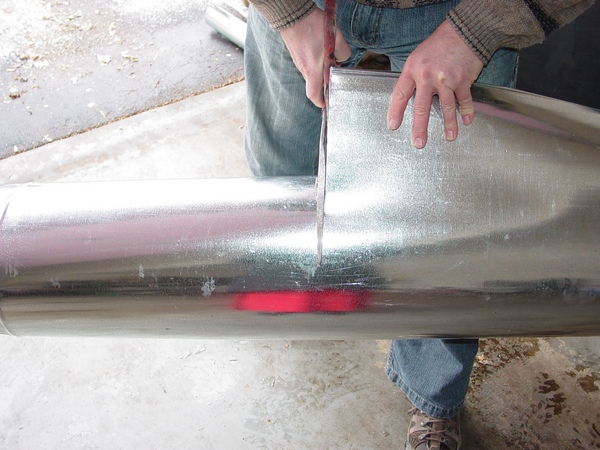 In the Dollar Guide e-book I already explained how to cut a pipe straight. However for the pipes my company is getting now it doesn't work very well! It's why I employed a new technique. Also it was very helpful that currently I'm using saw horses or a tall cardboard box. In the Dollar Guide e-book I already explained how to cut a pipe straight. However for the pipes my company is getting now it doesn't work very well! It's why I employed a new technique. Also it was very helpful that currently I'm using saw horses or a tall cardboard box.
If you would like to learn this simple tip please click on the Buy Now button below and for the price of only $1.00 find out how to do it!
There are 3 pictures on the page.
|
|
38. How to Cut 1" Off a Duct Tip
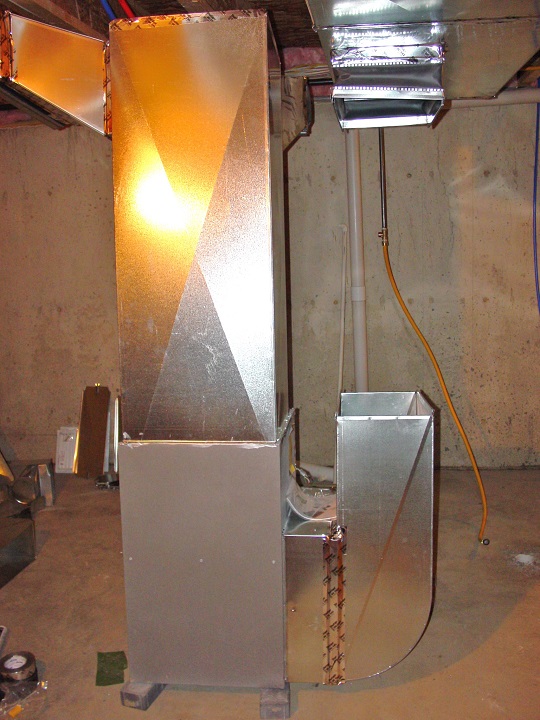 When do you exactly need to cut just an inch off of a duct - not too often. However it does happen when you are trying to fit a 24" x 10"(12") cold air drop between a cold air boot and canvas. When do you exactly need to cut just an inch off of a duct - not too often. However it does happen when you are trying to fit a 24" x 10"(12") cold air drop between a cold air boot and canvas.
So, there is a pretty simple method! Just click the Buy Now button below and for the price of only $1.00 you'll know what should be done!
There are 5 pictures on the page.
|
|
39. How to Make Transition from Duct Trick
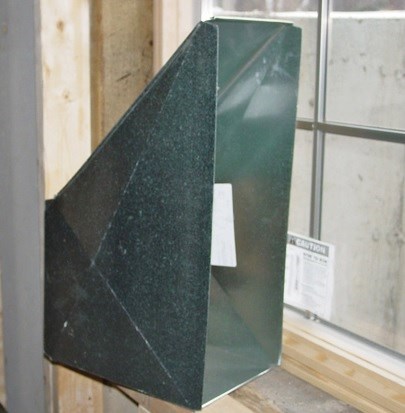 If you need a transition for your basement duct job you can make it right there on the field from the larger size duct in about 10 minutes. That's right you can do it even faster than your co-worker at the shop! If you need a transition for your basement duct job you can make it right there on the field from the larger size duct in about 10 minutes. That's right you can do it even faster than your co-worker at the shop!
If you would like to learn this simple technique please click on the Buy Now button below and for the price of only $1.00 you'll know how it should be done!
There are 14 pictures on the page.
|
|
40. How to Make Duct from Pieces Tip
 I don't know about you, but from time to time it happens to me - I have only one halve of the full size (96") duct left. Of course I can order the other one from the shop, but then I should wait till next day should be it delivered on the job site. I don't know about you, but from time to time it happens to me - I have only one halve of the full size (96") duct left. Of course I can order the other one from the shop, but then I should wait till next day should be it delivered on the job site.
But if I have some leftovers, I won't waist mine or/and somebody else's time and make a duct right on the job site.
So, there is a pretty simple method! Just click the Buy Now button below and for the price of only $1.00 you'll know what should be done!
|
|
41. Turn or Offset in Other than Rectangular Basement Trick
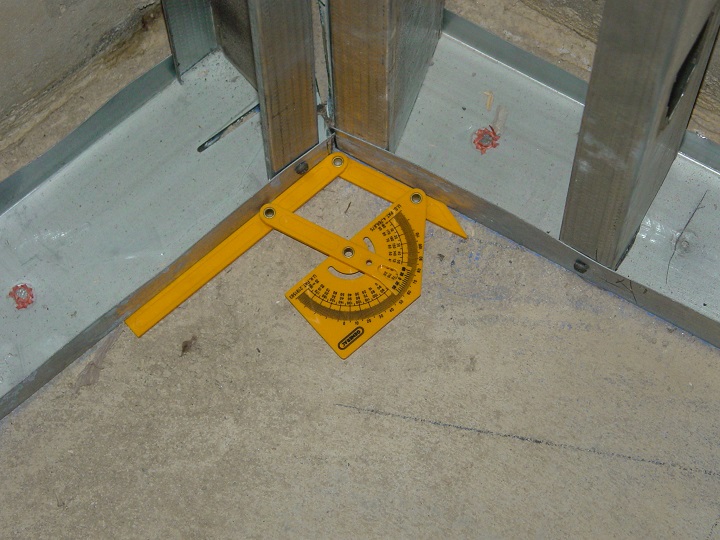 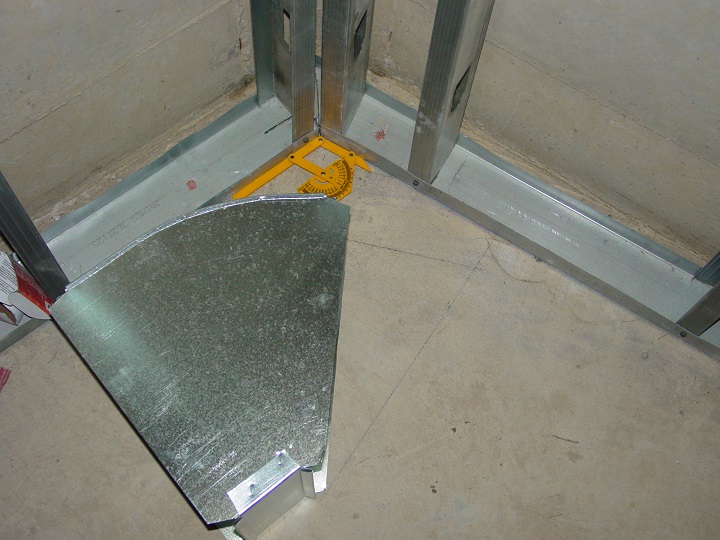
It's pretty simple to run a trunk line in the rectangular basement and if you need to turn it and make an offset you can use a flat 90* and a couple of flat 45*. But what would you do if the basement's walls made at a 74* angle to each other or any other odd angle and they give you only three flat 45* for both?
My co-worker suggested use of canvases. Well, I don't think that one canvas would make additional 29* angle and the installation in this case would looks like... highly unprofessional, to say the least. So, I resolved this issue in 5 minutes and in about 2 hours this part of the job (one duct turn and an offset) was done.
If you would like to learn this simple trick please click on the Buy Now button below and for the price of only $1.00 find out what should be done!
There are 7 pictures on the page.
|
|
42. How to Pierce Duct Six Times Faster Trick
.JPG) I knew this trick for many years but never used it. All these years, just like many of you, to pierce a duct or furnace jacket I have used a screwdriver and a hammer. This method requires at least five hits with a hammer and then the slit should be pulled up on one side to accommodate red aviation offset snips or electric shears. I knew this trick for many years but never used it. All these years, just like many of you, to pierce a duct or furnace jacket I have used a screwdriver and a hammer. This method requires at least five hits with a hammer and then the slit should be pulled up on one side to accommodate red aviation offset snips or electric shears.
So from now on I’m doing that at least six times faster!
If you would like to learn how this very useful trick should be implemented, for only $1.00 you can purchase an instant access and see it for yourself.
|
|
43. How to Fix Broken Make-up Air Cap
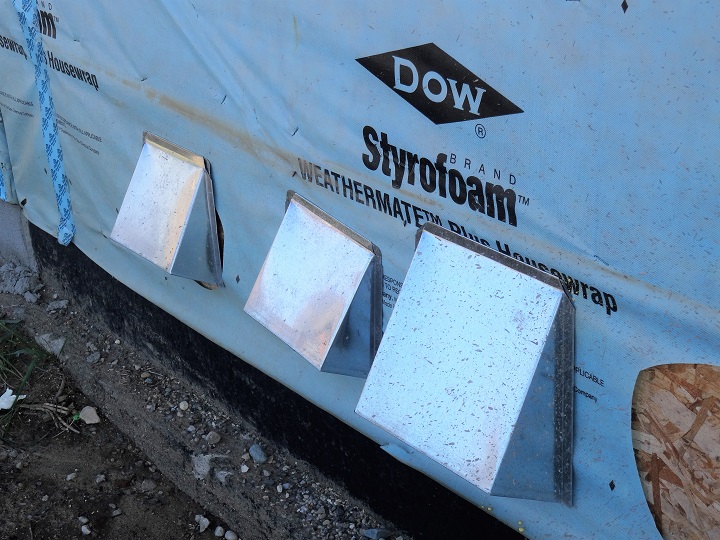
While doing Rough-in an installer cutting a hole in the band joist and shoves in a make up air (fresh air) cap, with a sleeve fastened to it, tight to the wall. Next, come bricklayers. They pull caps out and install them back tight to the surrounding bricks. However this sequence of operations could be interrupted by insulators who instead of fiberglass insulation using the spray foam one!
I have no idea how people become insulators in the first place, but what is clear to me those guys are not really smart! Spray insulation is actually really heavy stuff and once it stuck to the cap’s sleeve not much you can do about it!
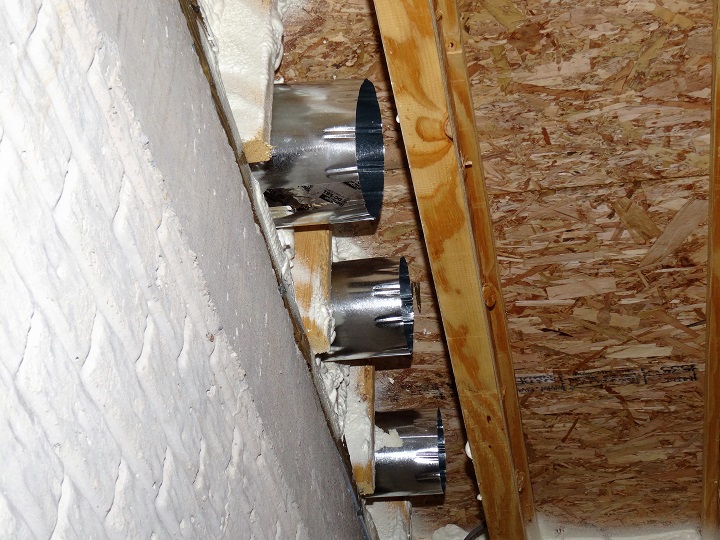
So, in order to pull out the caps first, you have to separate them from sleeves and cut around sleeves with a saw-zaw.
Next step is to fix broken caps. If you would like to learn this simple trick please click on the Buy Now button below and for the price of only $1.00 find out how to do it!
|
|
44. How to Cut Oval Stack in Exterior Wall Tip
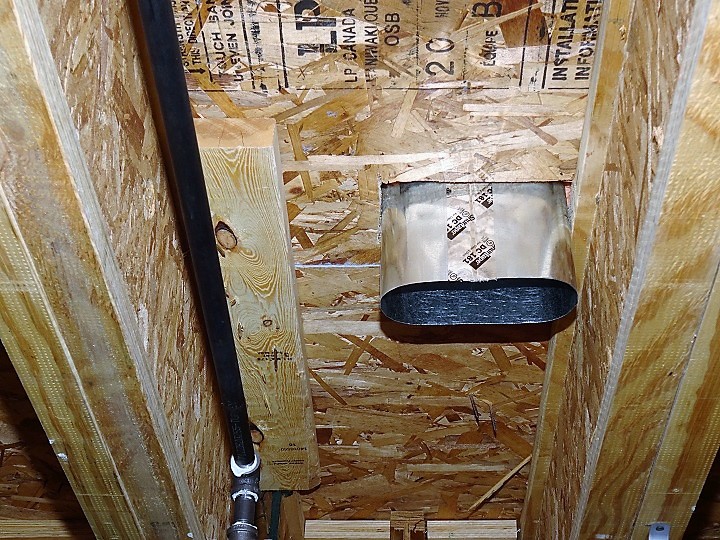 In many HVAC companies the ductwork installers are separated: some of them doing only Rough-ins, while others only basements. The problem is the roughers don’t know or rather don’t care what the basement ductwork installers will do after their part of installation is done! In many HVAC companies the ductwork installers are separated: some of them doing only Rough-ins, while others only basements. The problem is the roughers don’t know or rather don’t care what the basement ductwork installers will do after their part of installation is done!
In the picture to the left you can see an example of such attitude. This oval stack is too long for any kind of fitting and part of it should be cut out.
But if an oval stack is somewhere in the middle of the basement it’s not a problem, mach more difficult if it sits in the exterior wall.
If you would like to know what to do in this kind of situation please click on the Buy Now button below and for the price of only $1.00 you will find out.
|
|
45. How to Make Round End Cap with Hand Tools
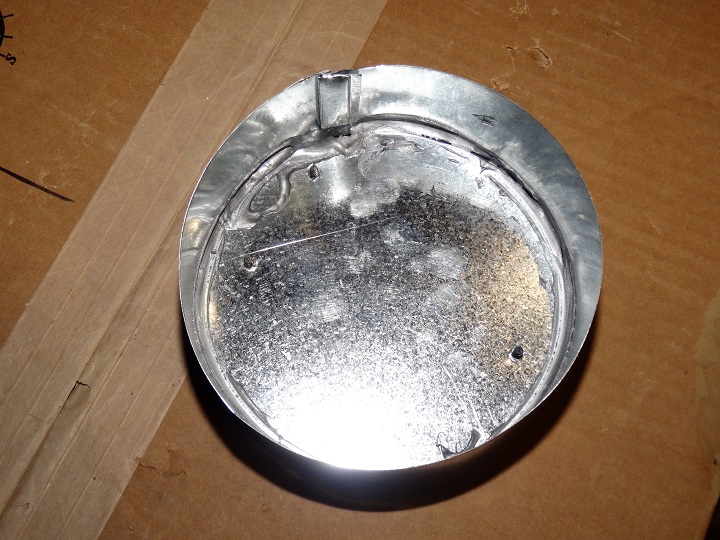 Sometimes, especially when you’re finishing your basement off or working on a finished basement project, you need to relocate a heat run. In some cases you can’t reach to the takeoff to pull it out and block the hole off. Then the best option is to cap a pipe or takeoff off. The tutorial has 8 pictures with explanations. The price is $1.00. Sometimes, especially when you’re finishing your basement off or working on a finished basement project, you need to relocate a heat run. In some cases you can’t reach to the takeoff to pull it out and block the hole off. Then the best option is to cap a pipe or takeoff off. The tutorial has 8 pictures with explanations. The price is $1.00.
|
|
46. How to Keep an S-cleat in Place Trick
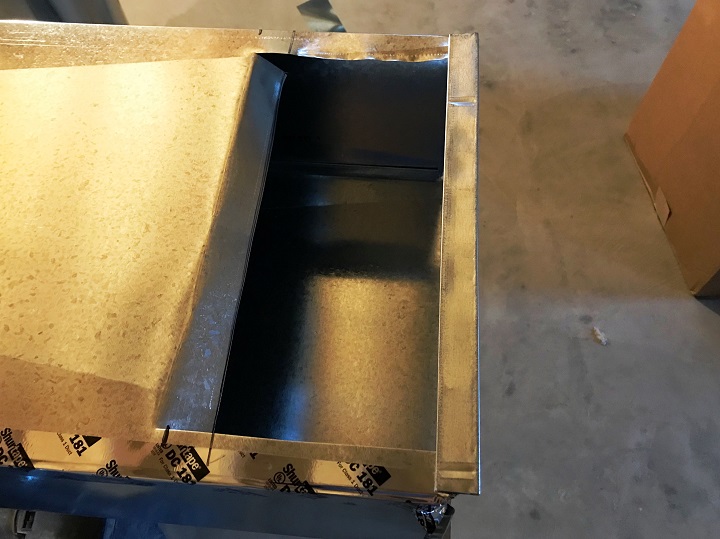
Pretty often an opening for the cold air return falls at the duct’s end. In this case while connecting next duct you can’t slide an S-cleat, because it won’t catch a narrow slice of the previous duct. But you can’t put an S-cleat on either, because during connection it might fall down. So, what can you do?
If you would like to learn this simple trick please click on the Buy Now button below and for the price of only $1.00 find out how to do it!
|
|
47. Canvas Connection Tip
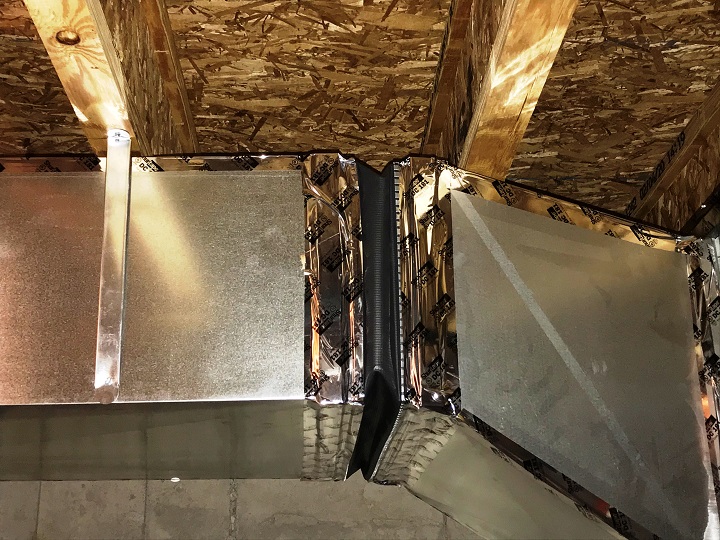 This canvas connection tip applies to those who don’t use S-cleat-slide method. Usually, when you’re trying to lead S-sides of the duct to the S-cleats on the canvas on the opposite side, the canvas is stretching out and making all kind of difficulties to the process. But there is a solution and for the low price of only $1.00 you can learn how to make it work without a single drop of sweat! This canvas connection tip applies to those who don’t use S-cleat-slide method. Usually, when you’re trying to lead S-sides of the duct to the S-cleats on the canvas on the opposite side, the canvas is stretching out and making all kind of difficulties to the process. But there is a solution and for the low price of only $1.00 you can learn how to make it work without a single drop of sweat!
|
| 47 Ductwork Installation Tips and Tricks for $9.99 |
|
|
A website "ductworkinstallation. com" focus on providing information and services related to the installation of ductwork systems , which are the tubes used to distribute heated or cooled air throughout a building as part of an HVAC system; essentially, it would be a platform for individuals or companies specializing in designing and installing ductwork for homes and commercial properties, offering details on the process, and potential contractors to contact for such services.
Key points about ductwork installation websites:
Services offered:
New ductwork installation, ductwork repair, duct cleaning, duct sealing, airflow balancing.
Target audience:
Homeowners looking to install a new HVAC system, individuals experiencing issues with their existing ductwork, commercial property owners needing ductwork for large buildings.
Information provided:
Explanations on different types of duct materials, design considerations for optimal airflow, potential benefits of proper ductwork installation.
|
|